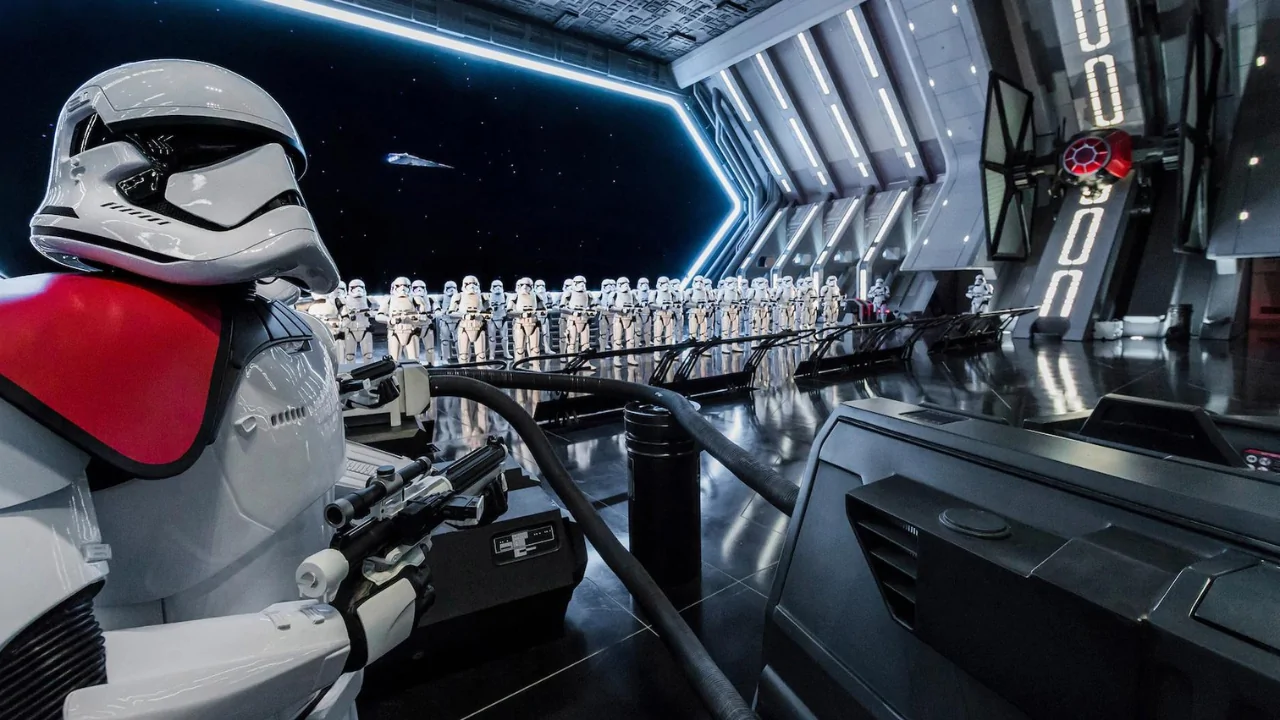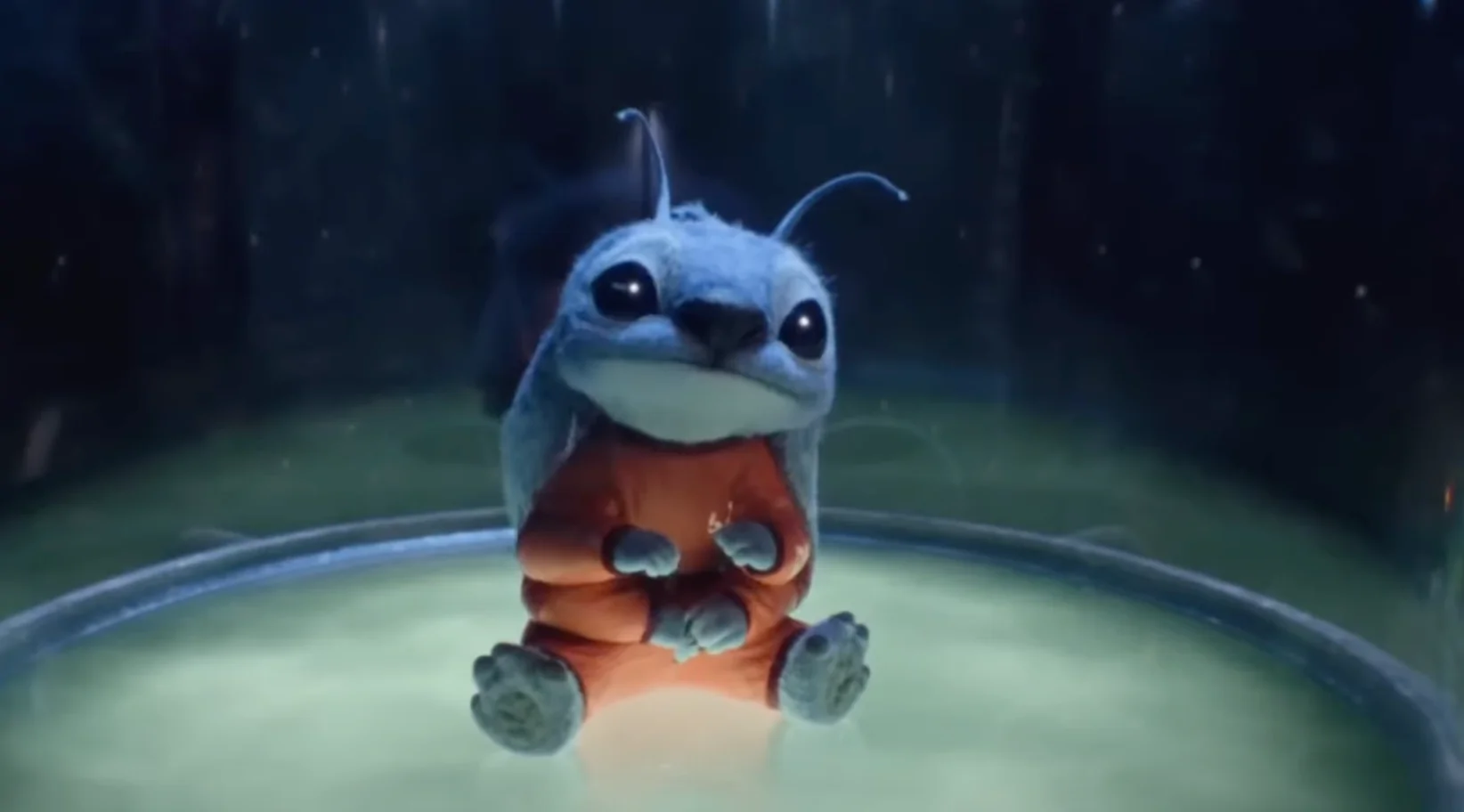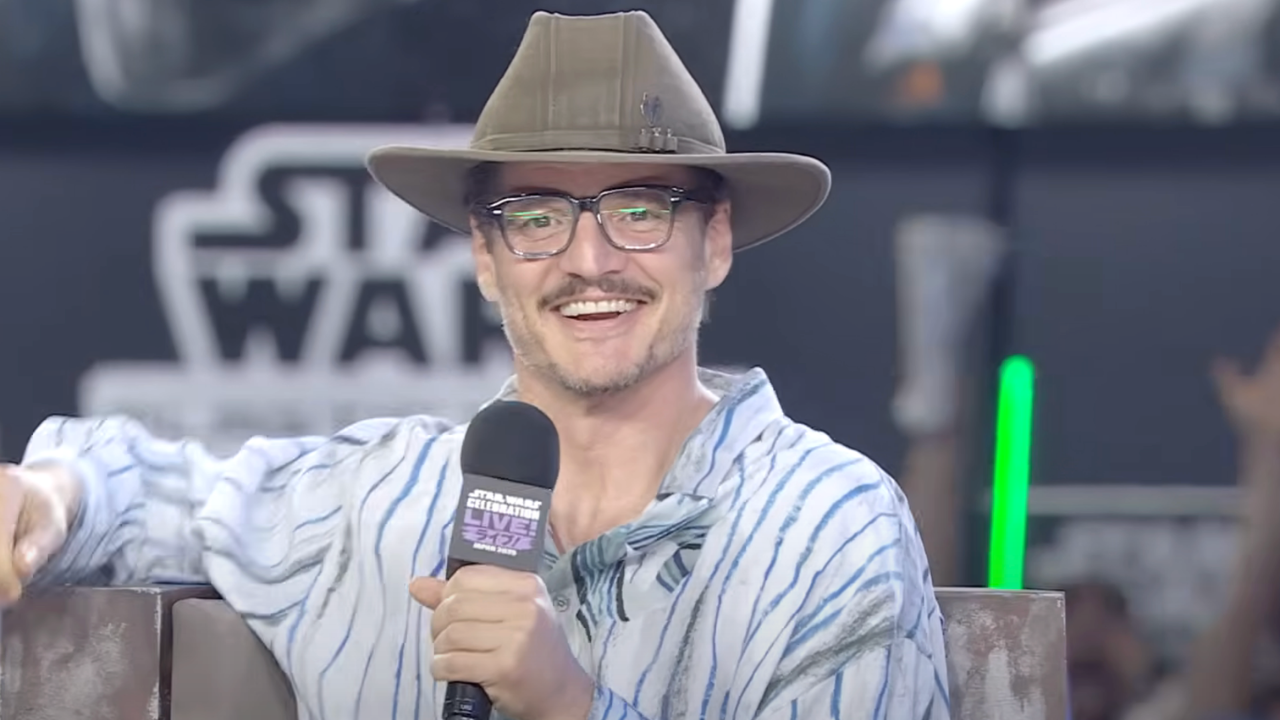
During Disney’s Q3 2025 earnings call, CEO Bob Iger drew attention when he revealed that Lilo & Stitch has become the second-highest earning merchandise brand under Disney, only behind Mickey and Friends. This might seem like a heartwarming tale of an underdog triumph-given that Lilo & Stitch wasn’t a box office powerhouse-but it could point to more significant problems for some of Disney’s most prominent intellectual properties. The fact that merchandise based on Stitch is now outselling items from huge franchises like Marvel, Star Wars, and Disney Princesses should serve as a concern for both investors and fans.

Historically, Marvel, Star Wars, and Disney Princess have been major money-makers for the company, bringing in billions each year from retail sales. However, a character named Stitch, originating from a movie that only made $273 million worldwide in 2002, has surpassed all three of these powerhouses in terms of retail performance. This suggests a possible decrease in consumer interest for these franchises, not necessarily that Stitch has become unrivaled, but rather it indicates that other franchises are struggling to maintain their previous dominance.
Indeed, data shows that merchandise associated with Stitch saw a staggering increase in retail sales, totaling approximately $2.6 billion in 2024 – a significant jump compared to the $200 million generated only half a decade prior.
Nine months ago, I was quietly hopeful when Disney announced that “Lilo & Stitch” would hit theaters over Memorial Day weekend. Despite a lack of fresh content, Disney’s consumer products team had remarkably boosted sales of Stitch merchandise to an astounding $2.6 billion in 2024 from just $200 million in 2019. It seemed that young adults were yearning for a dose of nostalgia with this beloved property.
— Brook Barnes, New York Times
Considering the projected figure of $2.6 billion in 2024, along with Disney’s disclosure about the annual growth of Lilo & Stitch merchandise sales, the situation starts to appear quite troubling or worrying instead.
In the meantime, “Lilo & Stitch” is poised to rank as the second biggest licensed merchandise franchise for our company this year, trailing only Mickey Mouse. This year’s revenue from “Stitch” has grown by over 70% compared to last year. Additionally, we’ve distributed Stitch characters across our parks and experiences globally, capitalizing on the international craze surrounding this hit franchise.
— Bob Iger, CEO The Walt Disney Company in Prepared Statement
2024 wasn’t just a good year for Stitch, it was stellar – raking in sales that soared 70% higher, translating to an impressive $4.42 billion in retail revenue. Now, don’t misunderstand me, this is fantastic news for Stitch. However, if you ask me, such success might not bode well for other heavyweights like Star Wars, Disney Princesses, and Marvel. But As a devoted cinema enthusiast, this is quite unexpected, wouldn’t you agree?

Unlike other Disney brands that have been experiencing a plateau or decline, the Marvel Cinematic Universe has shown significant growth, but it’s also dealing with fatigue and disappointing releases. Star Wars has had fewer movies in theaters and its shows on Disney+ haven’t been well-received. The Disney Princess line, which is still popular, hasn’t introduced a new standout character for quite some time, and existing characters might be suffering from too much exposure or changes in taste among younger generations.
Iger suggests that Stitch’s earnings have surpassed those of Star Wars, an achievement made more impressive given that Star Wars was already pulling in $3 billion annually in 2020. Considering inflation, one might anticipate this figure to exceed $5 billion today. This implies that if a single character is generating more revenue than the entire Star Wars franchise now, it suggests a potential decline in retail sales for both Star Wars and Marvel.

What’s concerning is the implications this could have for Disney’s overall approach. If Disney is focusing on a lesser-known character such as Stitch, who has surpassed traditional franchises in performance, it indicates that resources, promotional efforts, and product development may be redirected towards what’s currently successful. This change might mean less attention given to cultivating or rejuvenating other major properties. The importance of the merchandising throne isn’t merely symbolic; it generates revenue, enhances theme park integration, and facilitates multi-platform storytelling. When a character like Stitch takes the lead, it hints that the usual heavyweights may have faced challenges.
To put it simply, Bob Iger’s announcement isn’t merely a humorous detail. It’s a strong indication that Disney’s traditional powerhouses-Marvel, Star Wars, and Disney Princesses-are experiencing a decline in the areas that truly matter: consumer enthusiasm and spending. Stitch’s increased popularity doesn’t just signify his growing appeal; it demonstrates that Disney’s main intellectual properties are no longer driving the merchandise sales they once did.
Read More
- Brawl Stars December 2025 Brawl Talk: Two New Brawlers, Buffie, Vault, New Skins, Game Modes, and more
- Clash Royale Best Boss Bandit Champion decks
- Mobile Legends: Bang Bang (MLBB) Sora Guide: Best Build, Emblem and Gameplay Tips
- Call of Duty Mobile: DMZ Recon Guide: Overview, How to Play, Progression, and more
- Best Hero Card Decks in Clash Royale
- Clash Royale December 2025: Events, Challenges, Tournaments, and Rewards
- Best Arena 9 Decks in Clast Royale
- Clash Royale Best Arena 14 Decks
- Clash Royale Witch Evolution best decks guide
- Brawl Stars December 2025 Brawl Talk: Two New Brawlers, Buffie, Vault, New Skins, Game Modes, and more
2025-08-07 18:58